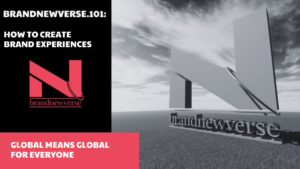
Unlike other audiovisual platforms where language itself is a natural segmentation tool, Roblox automatically translates into 16 languages, which can then be manually curated. In our case, we develop in English and curate the translation into Spanish.
There are no official figures from Roblox regarding the distribution of languages on the platform, but, on average in our games, English accounts for about 60% of the players, Spanish is the second language at around 15%, Russian is the third language with 7%, and Portuguese is the fourth, with significant growth from Brazil.
This means that Roblox’s audience is geographically distributed in a way that closely mirrors the population of each country.

The only official figures provided by Roblox correspond to different geographical regions: Europe is the biggest Region with 28% of the users followed by Asia and US & CA.
If you’re in marketing and advertising and are not from the United States, this probably poses some questions for you right now. That’s because most marketing budgets, even in international companies, are distributed locally to cater to the communication and business needs of each country.
From someone who lives in Spain, which accounts for, without any specific activation, about 2% of users, this is one of the main concerns when discussing any activation since the local offices do not have responsibility over the remaining 98% of the possible impacts within a possible experience.
The good news is that, as we will see later, although the experiences are global, there are ways to geographically segment advertising either through Roblox’s own tools or other strategies.
This is part of our Guide BrandNewVerse-101: Mastering Branded Experiences, you can download the full report here or you can just subscribe to our Newsletter Roblox for Brands here
